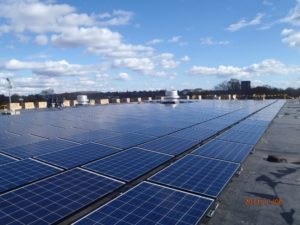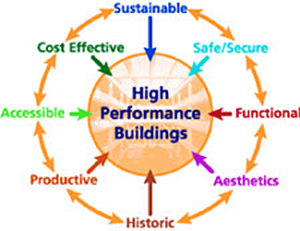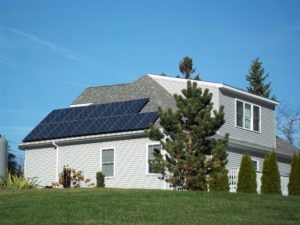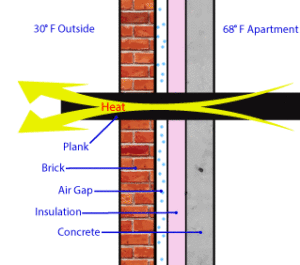- March 20, 2017
- 0 Comments
- In High-Performance Construction
- By Steven Winter Associates
Industry Trends
Over the past decade, the story of solar photovoltaic (PV) power has been one of both accelerating deployment and consistent, significant reductions in cost. This success has been driven by increasingly advantageous economies of scale, and supported by incentives and initiatives at all levels of government.
In late 2015, the federal Investment Tax Credit [3], a primary financial incentive for solar PV systems, was extended at its current rate of 30% through 2019, despite a contentious environment in Washington. It is scheduled to be stepped down through 2022, after which the commercial credit will expire and the residential credit [7] will remain at 10% indefinitely.
The National Renewable Energy Laboratory’s annual solar benchmarking report [4] shows that over the past seven years, PV system costs have dropped 58.5% in the residential sector, 59.3% in the commercial sector, and 68.2% in the utility-scale sector. As a clear sign of the times, utility-scale solar achieved the U.S. Department of Energy (DOE) SunShot Initiative’s goal of $1.00/W early this year, three years ahead of schedule [9]. According to the U.S. Energy Information Agency (EIA) [8], these trends should continue, leading to solar power’s increasing presence as a key component of the national electrical generation mix. The EIA projects solar to be the fastest growing form of renewable energy, increasing by 44% by the end of 2018 for a total deployed capacity of 31 GW and accounting for 1.4% of utility-scale electricity generation.







